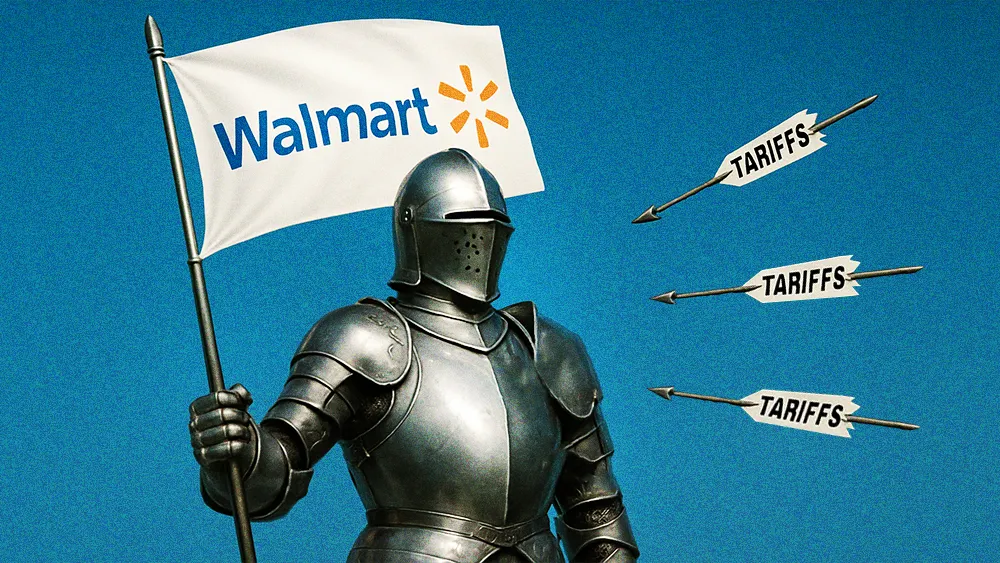


Walmart's ad revenue surged 46%, offsetting tariff and liability costs amid core business profit shortfalls.
Digital ventures now account for half of Walmart's incremental profit, according to CFO John David Rainey.
The acquisition of Vizio enables Walmart to explore shoppable ads, enhancing its digital strategy.
Walmart's pivot to digital revenue highlights a shift from traditional retail to a media and data company.
Competitors like Target struggle with sales, while Walmart leverages its ad business for growth.

Walmart's rapidly growing advertising business has become a financial shield, protecting the retail giant's bottom line from rising tariff and liability costs even as profits in its core business missed expectations. The strategic pivot highlights a future where high-margin digital revenue is as crucial to Walmart's success as the items on its shelves.
A flexible defense: With tariff costs rising "each week," Walmart is leaning on its ad and membership income to absorb the financial hit without immediately passing it on to consumers. CEO Doug McMillon told investors the growing digital businesses provide crucial "flexibility" to navigate the uncertain economic environment.
The new money machine: The growth is explosive, with global advertising revenue shooting up 46% year-over-year, and its U.S. ad platform, Walmart Connect, growing 31%. The diversification is so effective that CFO John David Rainey confirmed these digital ventures now account for half of the company's incremental profit, declaring Walmart is "more than just a standard brick-and-mortar retail business."
From clicks to slices: This digital engine is firing on all cylinders, with global eCommerce sales surging 25% last quarter. The centerpiece of this strategy is the acquisition of Vizio, which gives Walmart a critical foothold in the connected TV market and paves the way for shoppable ads that could let a family watching a movie order a pizza directly from their television.
Walmart is successfully engineering a future where its massive retail footprint serves as the foundation for a diversified, higher-margin media and data company. The results underscore a widening gap between Walmart and competitors like Target, which is struggling with falling sales. Meanwhile, the pivot is part of a larger industry trend, with retailers like Costco also expanding their ad businesses through new partnerships.